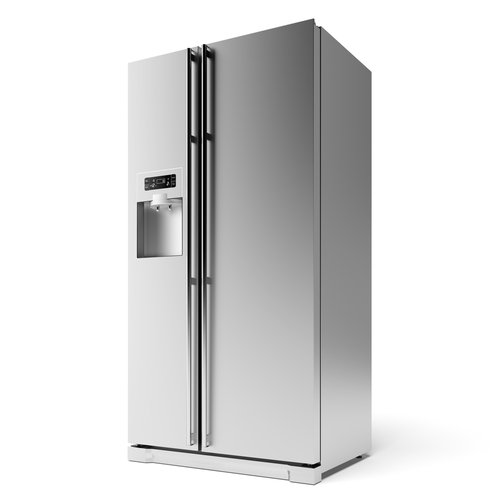Substitutes in Refrigeration and Air Conditioning
On this page:
- Overview
- Unacceptable Substitute Refrigerants
- End-uses
- Chillers
- Cold Storage Warehouses
- Commercial Ice Machines
- Household Refrigerators and Freezers
- Ice Skating Rinks
- Industrial Process Air Conditioning
- Industrial Process Refrigeration
- Motor Vehicle Air Conditioning
- Non-Mechanical Heat Transfer Systems
- Residential and Light Commercial Air Conditioning and Heat Pumps
- Residential Dehumidifiers
- Refrigerated Transport
- Retail Food Refrigeration
- Vending Machines
- Very Low Temperature Refrigeration
- Water Coolers
- Related Resources
Overview
Under Title VI of the Clean Air Act, the SNAP program identifies and evaluates substitutes in end-uses that have historically used ozone-depleting substances (ODS). SNAP listings of acceptable alternatives can also help sectors transition away from high global warming potential hydrofluorocarbons (HFCs) addressed under the American Innovation and Manufacturing (AIM) Act including its Technology Transitions Program. For example, some substitutes that are listed as acceptable under the SNAP program, starting with the first SNAP rulemaking in 1994, might be subject to more recent restrictions established under the Technology Transitions Program. For detailed information on specific restrictions and guidance, please refer to the Technology Transitions Program.
Unacceptable Substitute Refrigerants
EPA reviews substitutes on the basis of environmental and health risks, including factors such as ozone depletion potential, global warming potential, toxicity, flammability, and exposure potential. Lists of acceptable and unacceptable substitutes are updated several times each year. Alternatives are listed as unacceptable where other available, or potentially available, substitutes pose a lower overall risk to human health and the environment.
https://www.epa.gov/snap/unacceptable-substitute-refrigerants
End-uses
Refrigeration and air-conditioning end-uses typically use a refrigerant in a vapor compression cycle to cool and/or dehumidify a substance or space, like a refrigerator cabinet, room, office building, or warehouse.
Chillers
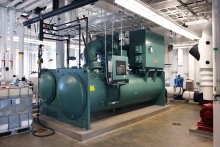
Chillers typically cool water, which is then circulated to provide comfort cooling throughout a building or other location. Chillers can be classified by compressor type, including centrifugal and positive displacement. Chillers used to cool industrial processes are discussed under Industrial Process Refrigeration.
Cold Storage Warehouses
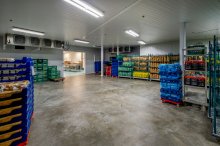
Cold storage warehouses store meat, produce, dairy products, and other perishable goods. The majority of cold storage warehouses in the United States use ammonia as the refrigerant in a vapor compression cycle, although some rely on other refrigerants.
Commercial Ice Machines
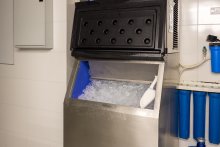
Commercial ice machines are used in commercial establishments (e.g., hotels, restaurants, convenience stores) to produce ice for consumer use. Ice machines produce ice in various sizes and shapes, and with different retrieval mechanisms (e.g., dispensers or self-retrieval from bins).
Household Refrigerators and Freezers
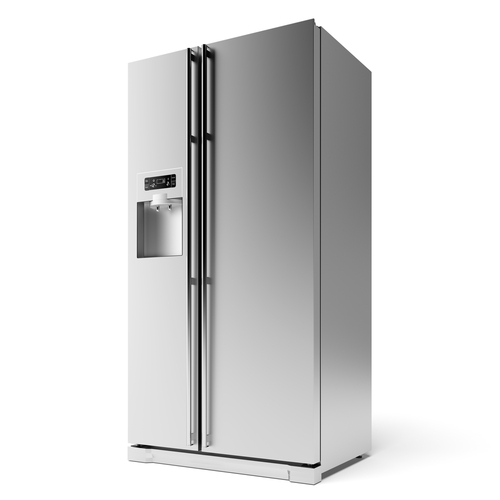
Household refrigerators and freezers are intended primarily for residential use, although they may be used outside the home. Household freezers only offer storage space at freezing temperatures. Products with both a refrigerator and freezer in a single unit are most common. Small refrigerated household appliances may also include chilled kitchen drawers, wine coolers, mini fridges, household beverage centers, ice makers that are part of a household refrigerator-freezer, and stand-alone ice makers for household use.
Ice Skating Rinks
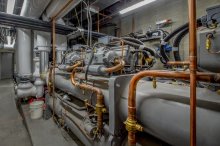
Ice skating rinks are used by the general public for recreational purposes and also include professional rinks. These systems frequently use secondary loop refrigeration systems.
Industrial Process Air Conditioning
Industrial process air-conditioning units, which are distinct from commercial and residential air conditioning, provide comfort cooling for operators and protect process equipment. This end-use is often used when ambient temperatures approach 200°F (93°C) and corrosive conditions exist.
Industrial Process Refrigeration
Industrial process refrigeration systems cool process streams in industrial applications. The choice of substitute for specific applications depends on ambient and required operating temperatures and pressures.
Motor Vehicle Air Conditioning

Motor vehicle air-conditioning systems (MVACs) provide comfort cooling for passengers in light-duty cars and trucks, buses, trains, and other forms of transportation.
Non-Mechanical Heat Transfer Systems
Non-mechanical heat transfer systems include cooling systems that do not rely on a vapor compression cycle, such as those using convection to remove heat from an area. Two types of such systems are recirculating coolers, i.e., systems with fluid pumps, and thermosiphons, i.e., those that rely on natural convection currents. This end-use also includes Organic Rankine Cycle (ORC) devices that typically pump refrigerant to recover and utilize energy from lower-temperature heat rejected from other processes.
Residential and Light Commercial Air Conditioning and Heat Pumps
This end-use includes equipment that cools enclosed spaces in households and commercial industries, but excludes chillers―which include room air conditioning such as window units, packaged terminal air conditioners (PTAC) and heat pumps (PTHP), and portable air conditioners; central air conditioners (i.e., ducted); non-ducted systems (both mini and multi splits); packaged rooftop units; water-source and ground-source heat pumps; and other products. Residential and light commercial air conditioning and heat pumps are often distinguished from chillers by the fact that they condition the air directly, rather than cool (or heat) water that is then used to condition air.
Residential Dehumidifiers
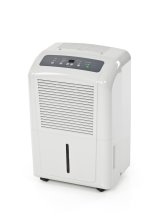
Residential dehumidifiers are primarily used to remove water vapor from ambient air or directly from indoor air for comfort or material preservation purposes. While air-conditioning systems often combine cooling and dehumidification, this application serves only the latter purpose.
Refrigerated Transport
Refrigerated transport moves products (e.g., perishable goods) from one place to another by various modes of transportation while maintaining necessary temperatures, including refrigerated ship holds, truck trailers, railway freight cars, ships, and other shipping containers.
Retail Food Refrigeration

Retail food refrigeration, or commercial refrigeration, includes equipment designed to store, display, process, or dispense chilled or frozen goods for commercial sale. This end-use includes these categories of equipment: stand-alone equipment, remote condensing units, supermarket systems, and refrigerated food processing and dispensing equipment.
Vending Machines
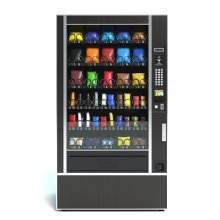
Vending machines are self-contained units that dispense goods that must be kept cold or frozen.
Very Low Temperature Refrigeration
Very low temperature refrigeration systems require maintaining temperatures at approximately -80 degrees Fahrenheit (-62 degrees Celsius) or lower. Examples include medical freezers and freeze-dryers, which generally require extremely reliable refrigeration cycles to maintain low temperatures and must meet stringent technical standards that do not normally apply to refrigeration systems.
Water Coolers
Water coolers are self-contained units providing chilled water, and possibly heated water, for drinking. They may or may not feature detachable containers of water.

